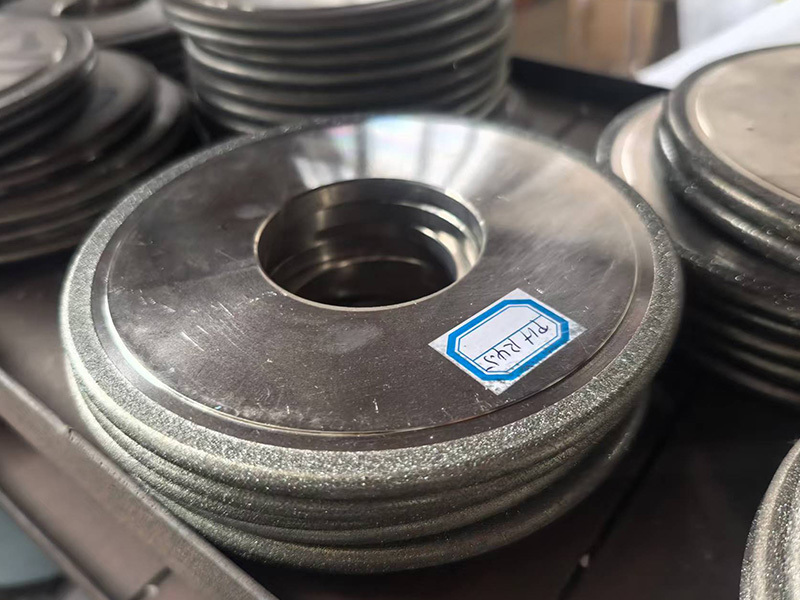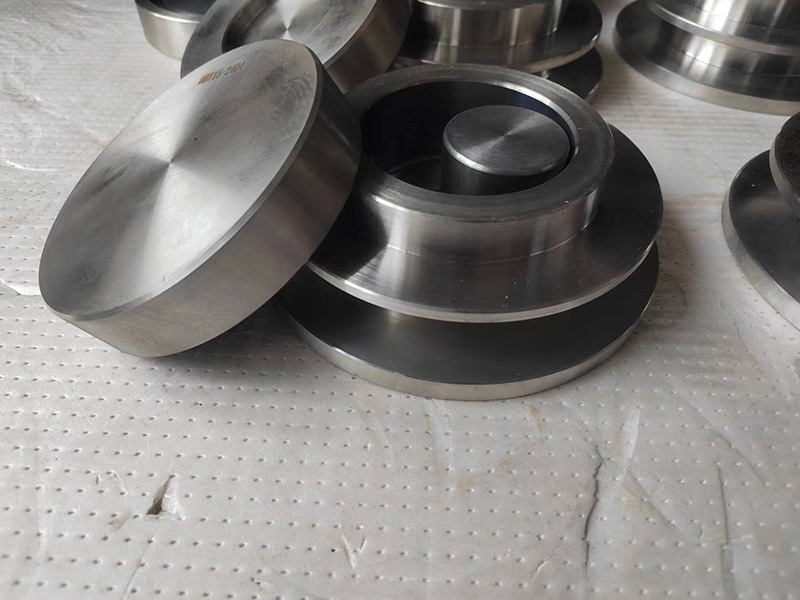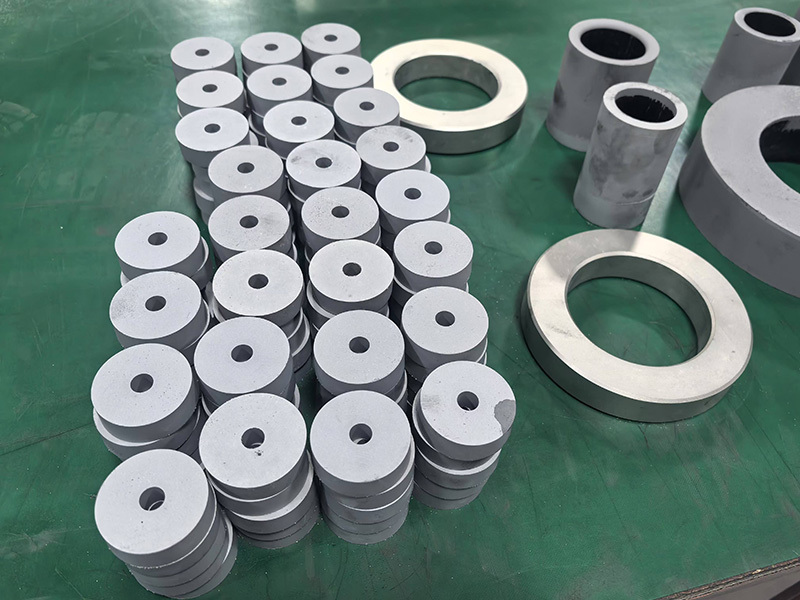Mastering the Art of Extrusion Die: Key Considerations for Optimal Performance
Introduction to Extrusion Die
Ever wondered how those sleek plastic parts and durable metal profiles come to life? Well, let me tell you, the magic often starts with an extrusion die. This nifty tool is pivotal in shaping materials as they're pushed through it. Intrigued? You should be! In this article, we’ll dive into the world of extrusion dies and highlight some important considerations—things you absolutely need to keep in mind.
Understanding the Extrusion Process
Alright, before we jump into the nitty-gritty, let’s get on the same page about what an extrusion die actually does. Simply put, it shapes a material (often plastic, metal, or rubber) into a continuous profile. Picture this: hot, malleable material being forced through a specially designed die, emerging as a finished product. It’s quite the sight!
Types of Extrusion Dies
There are several types of extrusion dies, each serving a unique purpose. For instance, flat dies are used for sheets and films, while annular dies are great for making pipes. Knowing which type to use can make or break your production line—no pressure!
Key Considerations When Using an Extrusion Die
Now, let’s get down to brass tacks. Here are some essential tips and considerations to keep your extrusion game strong:
1. Material Selection
Choosing the right material is crucial. Different materials have varying flow properties, which can directly affect the die’s performance. A common mistake? Using a material that’s too thick or too thin for the die. Trust me, you want to avoid that headache!
2. Temperature Control
Temperature plays a significant role in extrusion. If the material isn’t heated enough, it won’t flow properly through the die. Conversely, overheating can lead to degradation. So, keep an eye on your temperature settings—it’s a balancing act!
3. Die Design
Not all dies are created equal. The design impacts the final product's quality, so it’s vital to get it right. A well-designed die can improve flow and reduce defects. Don’t skimp on this part; a little investment in die design goes a long way!
4. Equipment Maintenance
Here’s a no-brainer: maintenance is key! Regularly inspect and clean your extrusion die to prevent any build-up or wear and tear. A little TLC can keep your equipment running smoothly and extend its lifespan.
5. Process Monitoring
Keeping tabs on the extrusion process is a must. Use sensors and gauges to monitor pressure, temperature, and flow rate. If something’s off, it’s better to catch it early than to deal with a larger issue down the road.
Common Challenges with Extrusion Dies
Even the best setups can face challenges. Here are a few common hiccups you might encounter:
1. Blockages
Blockages can occur due to material build-up or improper die design. Always ensure your materials are clean and compatible with your die.
2. Inconsistent Products
Inconsistent flow can lead to varying product quality. Regular checks can help maintain consistency.
3. Wear and Tear
Over time, dies can wear down. Regular maintenance and timely replacements can mitigate this issue.
Final Thoughts
So, there you have it! The world of extrusion dies is fascinating and complex, but with the right knowledge and practices, you can master it in no time. Keep these considerations in mind, and you’ll be well on your way to producing high-quality extrusions. Happy extruding!
Tags:
Related news










